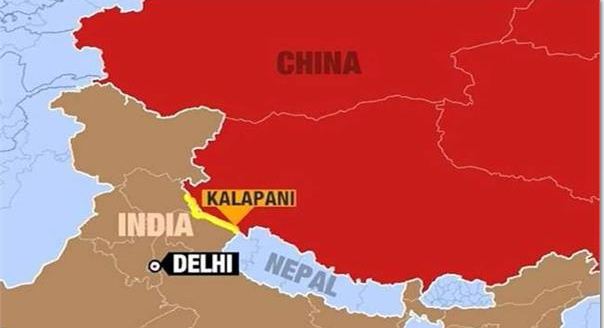900 319 0030
enquiry@shankarias.in
Why in news?
What is the recent controversy?
Is this a valid concern?

Why is the protest disputed?
What could be done?
Source: Indian Express